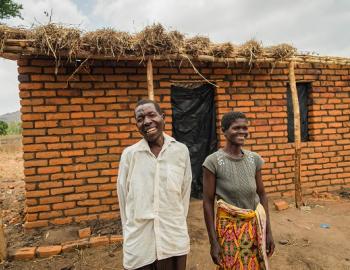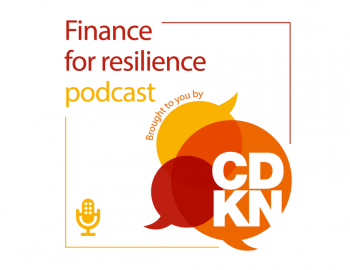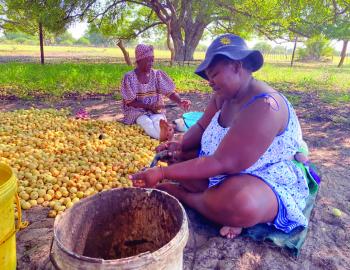Case study: Groundbreaking climate-smart agricultural model empowers rural women in Maharashtra
Case study: Groundbreaking climate-smart agricultural model empowers rural women in Maharashtra
This case study showcases the success of a women-led climate-smart agricultural model in enhancing women’s livelihoods, incomes and food security.
Located in central-western India, the Marathwada region in the state of Maharashtra is recognised as one of India’s most drought-prone areas. Marginal farmers in this region grow cash crops such as soy and cotton, which require more water, chemical fertilisers and pesticides. This damages their land, health and the environment in the long run.
To address these issues, Swayam Shikshan Prayog (SSP) piloted a women-led climate-smart agriculture model in 2014 to promote sustainable-farming techniques, diversify livelihoods through agriculture-allied businesses, promote consumption and marketing of nutritious, locally-grown foods, and improve water management systems. As a result, the cost of farming has fallen, and household food security and soil fertility have improved. This model has now been scaled up in Maharashtra to reach more than 60,000 women farmers in 810 villages across six drought-prone districts.
Key messages from this case study include:
- A multi-pronged approach that includes agricultural techniques, livelihood diversification, social and cultural factors and innovative financial models can strengthen the position of women as farmers.
- Strengthening the capacity of women farmers can lead to the improved socio-economic status of their households, therefore building the resilience of their families to respond to climate change impacts.
- Partnering with governments, experts, corporates and community stakeholders can help in the successful implementation of climate-smart agricultural approaches.
- The project provided training in key resilience practices, loans and knowledge exchange between farms. This approach builds women’s capacity to practise sustainable agriculture and water conservation to help them ensure enough food and income for their households.
Photo: Women farmers make vermicompost using earthworms. Credit: SSP.



